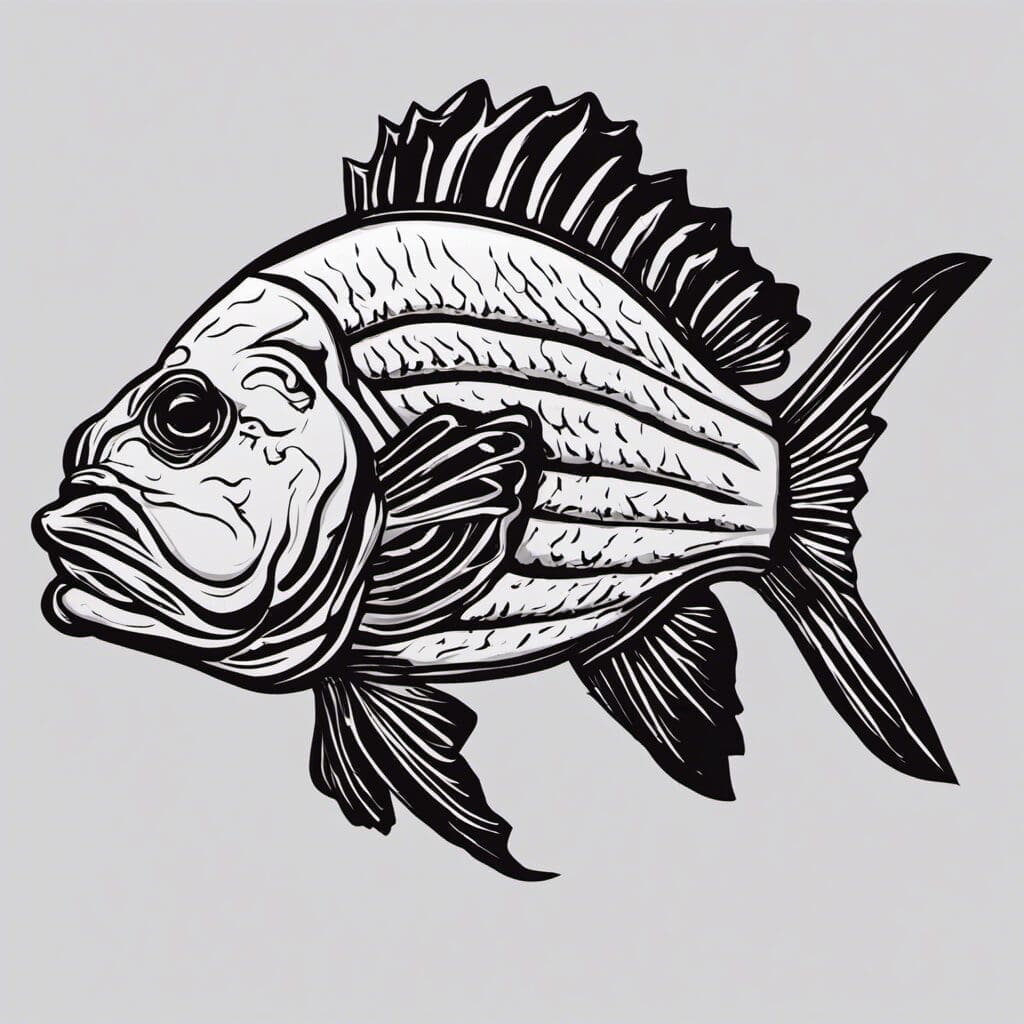Introduction
The Black Buffalo (Ictiobus niger) is an intriguing species in the family Catostomidae. This freshwater fish is typically found in North America, displaying remarkable characteristics and behaviors unique to its kind.
Conservation Status
Although Black Buffalos are currently classified as Least Concern on the IUCN Red List, this doesn’t mean they’re safe from the threats of habitat degradation and overfishing. Efforts to protect these species mainly include habitat restoration and restrictions on fishing activities during their spawning season.
Statistics
Here’s a quick glance at the Black Buffalo’s various specifications:
| Length (Average) | Weight (Average) | Average Lifespan |
|---|---|---|
| 30-60 cm | 1.4-29.5 kg | 15-18 Years |
Distribution
There is a widespread distribution of Black Buffalos in the Mississippi Valley and lower reaches of major tributaries, from Louisiana to Manitoba. These creatures do not typically migrate, seemingly preferring certain habitats over others.
Habitats
These aquatic dwellers tend to prefer the murky bottoms of sluggish pools and backwaters with slow currents. The preferred temperature range for Black Buffalos is usually between 12-25°C.
When and Where to See
Black Buffalos are more noticeable during their spawning season in the spring and early summer when they emerge from the depths in large numbers. You’re more likely to see them at the crack of dawn or late in the evening, around dusk.
Best Fishing Locations
Among the top regions to fish Black Buffalo are:
- Mississippi River
- Lower reaches of the Platte River
- Red River of the North
- Arkansas River
In general, you’ll have more chances of discovering Black Buffalos in river systems with slow-moving currents, backwaters, or oxbow lakes.
How to Catch
Preferred bait: Corn, bread, or worms
Fishing techniques: Still fishing, bottom fishing
Best time: Dusk and dawn, but night fishing can also be productive.
Identification Guide
The Black Buffalo has a dark body which ranges from brownish to bluish-black, and can be distingushed by its elongated round body. Its dorsal fin is strikingly large and sickle-shaped, while the snout is significantly pointed compared to other buffalo species.
Culinary
How to Cook
Black Buffalo is often smoked, pan-fried, or made into fish cakes. The flesh, when cooked, has a sweet and slightly oily taste that goes well with various herbs and spices.
Nutritional Information
This fish is a source of high-quality protein, contains essential omega-3 fatty acids, and is rich in vitamins like B12 and D.
Additional Information
Behavior
Black Buffalos are bottom-feeders with a preference for feeding at night, predominantly on algae, aquatic plants, and small invertebrates.
Predators and Threats
Natural predators strictly consist of larger aquatic species. However, human activities such as overfishing and habitat degradation present significant threats to these fish.
Cultural/ Historical Significance
The Black Buffalo holds significance in some Native American cultures, being seen as a symbol of abundance and fertility.
References and Further Reading
Here are some resources for a deeper dive into the Black Buffalo species:

